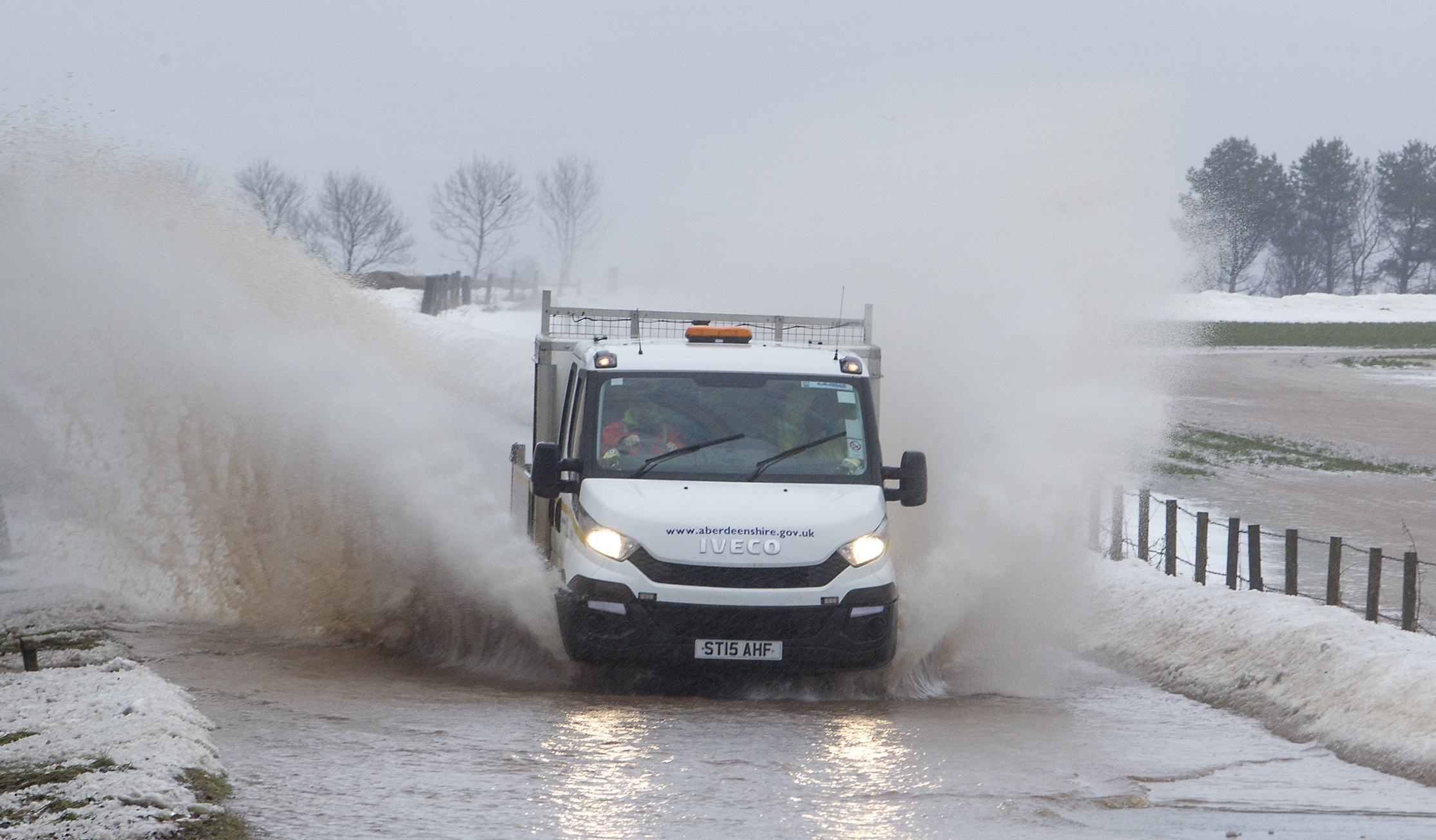
At least £1 billion a year needs to be spent on traditional flood and coastal defences in the face of climate change, the Environment Agency has said.
But Environment Agency chairwoman Emma Howard Boyd warned “we cannot win a war against water” by building ever-higher flood defences, and efforts are needed to make communities more resilient to flooding.
Homes hit by flooding need to be “built back better”, with improvements such as raised electrics and hard flooring, while some communities may have to be helped to move in the face of growing risks of flooding and coastal erosion.
The warning comes as the government agency publishes its long-term strategy for managing the risk of flood and coastal erosion.
It is planning for the potential of up to 4C of warming, well beyond the 1.5C or 2C limits which have been agreed internationally and are seen as thresholds beyond which dangerous climate change will occur.
The Environment Agency (EA) also predicts that climate change and population growth are set to double the number of properties built on the flood plain over the next 50 years.
Ms Howard Boyd said urgent action was needed to tackle more frequent, intense flooding and sea level rises driven by rising temperatures, and called for more resilient homes and infrastructure.
An average annual investment of £1 billion will be needed over the next 50 years in England for traditional defences such as barriers and sea walls, which could be funded by a mixture of government and private sources.
Without increased investment, flood damage to properties and infrastructure in England will significantly increase, the EA strategy says.
Alongside traditional defences, other measures to help communities become resilient to flooding are needed.
These could include temporary barriers, natural flood management schemes such as planting trees to slow the flow of rivers and sustainable drainage systems with ponds and areas where water can soak away into the ground.
This will deliver positive benefits for the environment as well, such as creating habitat for wildlife.
There should be effective flood warnings and emergency response will be needed, alongside designing and adapting new and existing properties to help them recover quickly from a flood.
And with only a third of people who live in areas at risk of flooding believing their property is under threat, the agency wants to build a nation of “climate champions” educating youngsters through the curriculum about the risks of floods.
Launching the strategy at Brunel University in London, Ms Howard Boyd said: “The coastline has never stayed in the same place and there have always been floods, but climate change is increasing and accelerating these threats.
“We can’t win a war against water by building away climate change with infinitely high flood defences.
“We need to develop consistent standards for flood and coastal resilience in England that help communities better understand their risk and give them more control about how to adapt and respond.”
She urged: “More should be done to encourage property owners to build back better and in better places after a flood, rather than just recreating what was there before.
“This could involve home improvements, such as raised electrics, hard flooring, and flood doors.”
But she also warned: “In some places, the scale of the threat may be so significant that recovery will not always be the best long term solution.
“In these instances, we will help communities to move out of harm’s way.”
Environment Minister Therese Coffey said: “Flooding and coastal erosion can have terrible consequences for people, businesses and the environment.
“That’s why we are already providing £2.6 billion over six years, delivering more than 1,500 projects to better protect 300,000 homes.
“But the threat of climate change will mean an increasing risk and preparing the country is a priority for the Government, and the nation as a whole.”
The Government will be launching a call for evidence to inform future action towards flood and coastal erosion risks, she said.

Enjoy the convenience of having The Sunday Post delivered as a digital ePaper straight to your smartphone, tablet or computer.
Subscribe for only £5.49 a month and enjoy all the benefits of the printed paper as a digital replica.
Subscribe